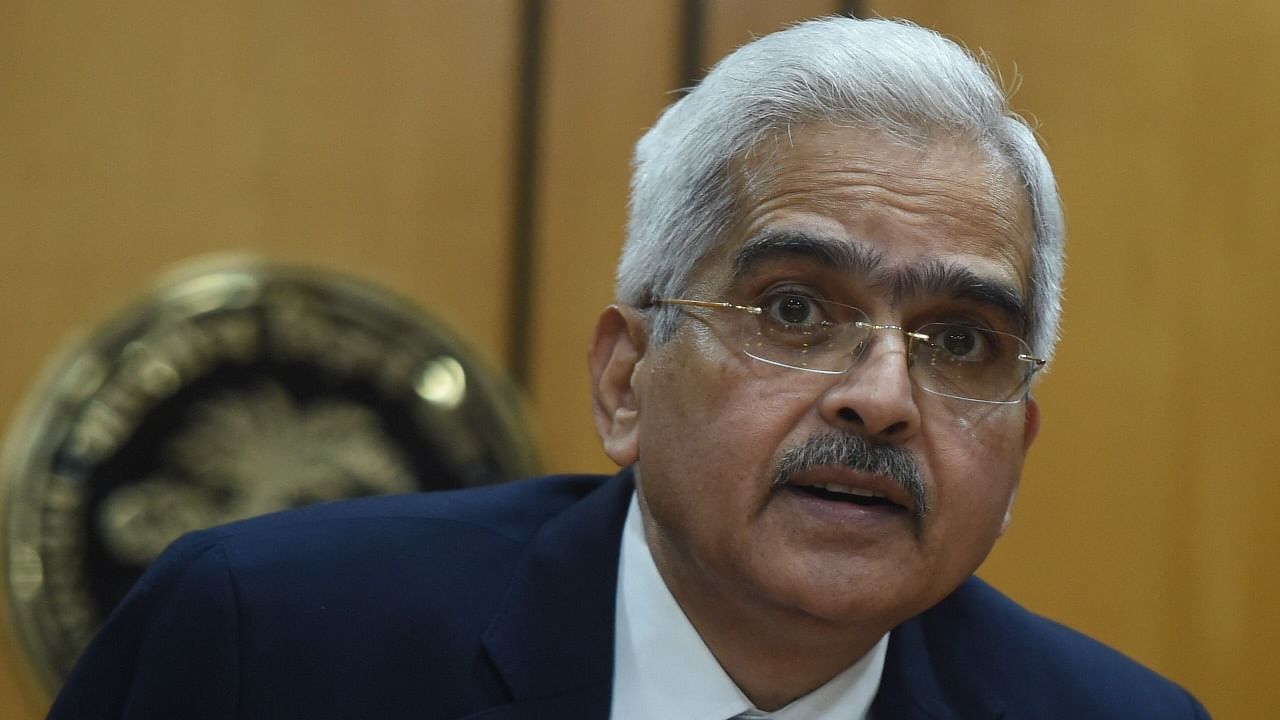
The Reserve Bank of India (RBI) has proposed a new regulatory regime for microfinance which takes things forward from where they have been since the Andhra crisis occurred over a decade ago. The Malegam committee’s recommendations adopted after that created a new category of microfinance institutions (MFI) under the umbrella of non-banking finance companies (NBFC) termed NBFC-MFIs. MFI regulation has hereafter been focused on NBFC-NFIs.
The problem with this was that over time NBFC-MFIs have accounted for only 30 per cent of the assets under the microfinance genre of lending, with banks and small finance banks (SFB) taking up most of the rest of the space. The RBI is now proposing a single uniform set of regulations to govern microfinance irrespective of who delivers it, which has the virtue of creating a level playing field.
The present situation in Assam has highlighted the need for this. Delinquency among microfinance borrowers has become a political issue there. Still, banks and SFBs cannot be faulted for any rule-breaking that has allowed this to happen as there are no special rules for their microfinance operations. If they have stuck to the norms that apply to them as banks, they are in the clear.
The situation has been highlighted by the fact that Bandhan Bank is a significant microfinance lender in Assam. But being a bank, it is not even clear if the new law set to enter the statute books in Assam (it is yet to do so despite a lot of pre-election publicity) to regulate microfinance will apply to Bandhan Bank.
The proposed new regulation on the pricing of microfinance loans also scores on simplicity by throwing out of the window the existing complicated formula and allowing the pricing of loans to be determined by the market, as is the case with lending rates adopted by banks.
But does it mean that sharp players eager to ramp up business quickly will open their doors wide to intending borrowers in acute need of finance to agree to high-interest rates to get the loan and later come to grief? The proposed regulation has got around this problem and the rule that there is a limit to the number of institutions that can lend to one individual by laying down a simple norm. The lending institution has to ensure that the EMI a household has to pay does not exceed 50 per cent of its income.
In seeking to define this income, the RBI has also laid down a definition for microfinance itself. Collateral free loans repayable in instalments for households with annual incomes of Rs 1.25 lakh for rural households and Rs two lakh for urban households will be considered microfinance loans and outline the boundaries of the microfinance space. This goes back to the classical concept of microfinance which is all about giving small unsecured loans to poor working women at interest rates that are a fraction of what the moneylender charges to enable them to raise their incomes and get out of poverty.
The need to reform the regulation governing microfinance had arisen due to the acute problems of delinquency among borrowers in Assam, making the matter an election issue. As a result, this had led to election promises of loan waiver, which the current government has delivered on by getting into an agreement with the Microfinance Institutions Network, the industry body, to waive loans exceeding Rs 4,000 crore.
Significantly, two states where microfinance is widely available, Assam and West Bengal, went to the polls recently. Still, microfinance was an issue in one (Assam) and not in the other (West Bengal). Assam is not even among the top five states in terms of outstanding microfinance loans.
This underlines the historical reality that microfinance recoveries suffer whenever drought or flood causes widespread distress. In the present instance, it was the pandemic induced lockdowns. But these quickly recover once the regular cycle of rural life (that is where most microfinance borrowers are) is restored. Earlier to the pandemic, microfinance recoveries suffered briefly because of demonetisation.
Microfinance loans do far better in terms of non-performing assets compared to regular banks. Before the pandemic, the gross NPAs of the banking sector hovered at around 7.5 per cent. However, the ‘portfolio at risk’ for more than 180 days for the microfinance sector stood around 2 per cent.
This underlines the fact that the microfinance model is a viable one. What is more, it is taking banking to sections that have remained unserved despite nationalised banks being around for over half a century. Whether in rural areas or urban slums, the poor have an acute need for finance to run their micro-businesses and gratefully treat all those who play straight with them. Borrowers know that you become eligible for another loan of a higher amount once you repay a loan on time.
A key reason why microfinance has become viable is that its operational staff come from the same rural stock as the customers. Therefore, the fundamental ‘know your customer’ requirement in banking is well delivered. In contrast to this, nationalised bank staff who front rural and semi-urban branches are primarily from urban stock and are not very familiar with the undercurrents of rural life.
Microfinance is doing very well, and RBI’s forward-looking ideas for updating its regulatory framework can further secure the foundations for this weapon to fight poverty.
What RBI wants
- Have a standard definition of what is microfinance
- Bring all institutions giving microfinance loans under one regulatory umbrella
- This will create a level playing field for all payers
- EMI must not exceed 50 per cent of household income
- Let market forces determine the cost (interest rate) of microfinance
(The writer is a columnist and author)
Disclaimer: The views expressed above are the author’s own. They do not necessarily reflect the views of DH.